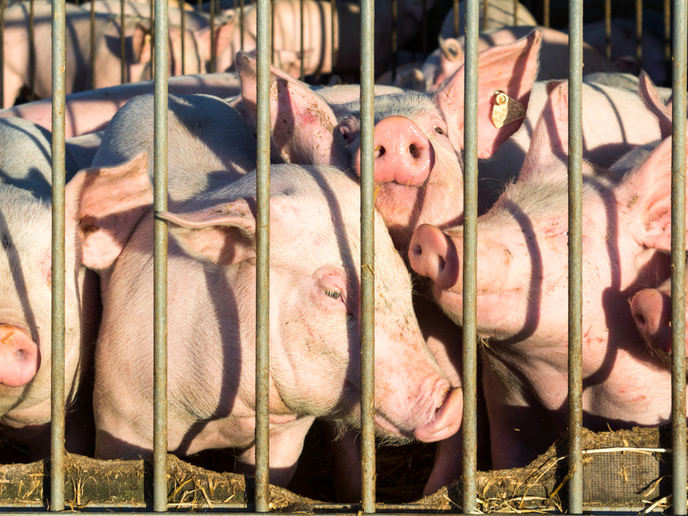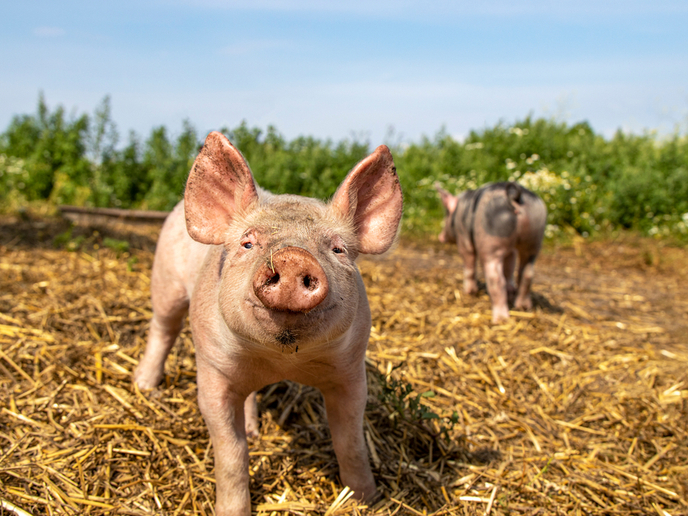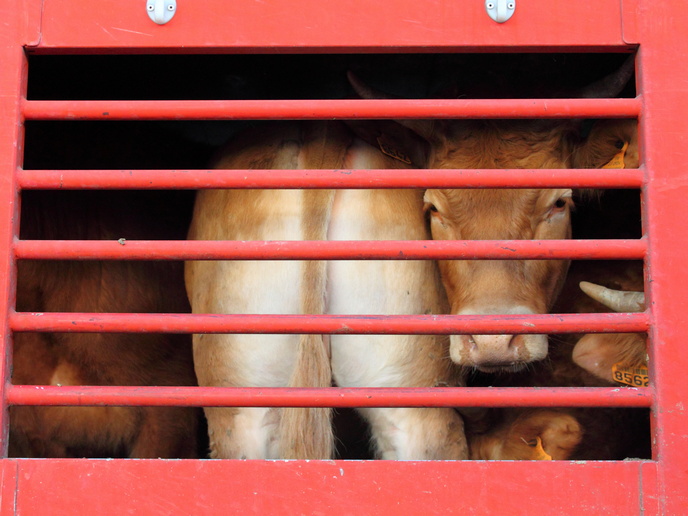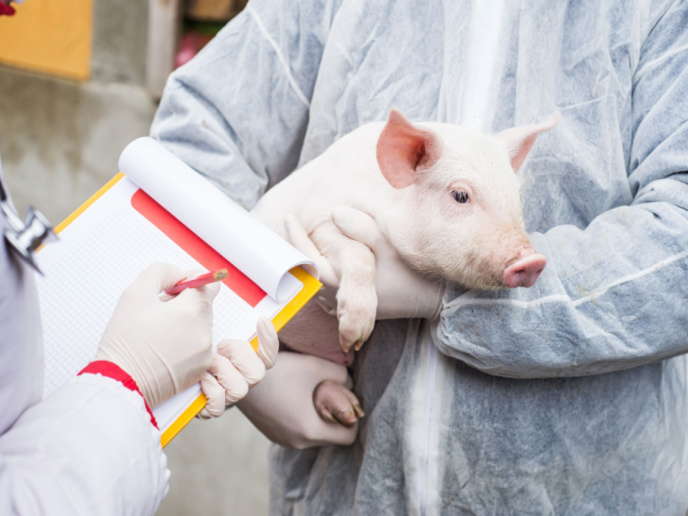Mobile diagnostics to curb the loss of pigs to disease
In modern meat production, animals are often housed in crowded pens, making them vulnerable to the spread of infectious diseases. This makes early detection and vaccination crucial to limiting the damaging economic and animal welfare consequences. Outbreaks of disease will contribute to an expected 10 % drop in worldwide pork production from 2018 to 2021, from 113 to 101.5 million tonnes. In response, the EU-supported SWINOSTICS (Swine diseases field diagnostics toolbox) project has developed a fast, precise, on-the-spot, mobile swine diagnostic tool. Currently, disease monitoring involves laboratory tests of random population samples. The SWINOSTICS mobile device can simultaneously analyse four samples to detect six of the most important swine viruses: African Swine Fever virus, Porcine Reproductive and Respiratory Syndrome virus, CSF virus, PCV2, PPV and Swine Influenza virus. The sensors can be reused up to 10 times, with results available after just 45 minutes. “Our device can revolutionise the way swine industry controls are done as it can screen populations more often and is ideal for import/export border controls,” says Alessandro Giusti, R&D director at project host CyRIC, the project host.
Viral app
At the heart of the device is a photonic integrated circuit (PIC) biosensor. PICs are usually silicon-based circuits, similar to those in electronic devices such as cell phones, but instead of transmitting electricity in the SWINOSTICS device they manipulate light particles (photons). The surface of the PIC contains antibodies against the viruses of interest. When samples are passed over the PIC biosensors, any virus present binds to the antibodies. The device then measures the resulting shift in the refractive index of the light coming out of the PIC. These measurements indicate the presence, or not, of the targeted virus. The device’s communication module then alerts the user about the result. “As the system reports viral levels, it can be used to indicate the probability of animals developing illness or in danger of infecting others,” explains Giusti. Users connect to the diagnostics device through a Bluetooth connection using the SWINOSTICS app. Additionally, a more advanced cloud-based interface and platform is available for detailed data analysis, aimed at researchers, standardisation bodies and public authorities. After initial testing in CyRIC’s lab, four versions of the device, alongside over 100 sensors, were shared with the four pilot locations in Greece, Hungary, Italy and Poland for full validation. This stage is still ongoing. “The results so far have been highly promising, with both sensitivity and specificity over 70 %,” adds Giusti.
Towards autonomous diagnostics
Increased prevalence of disease among farm animals threatens the availability of high-quality meat, reducing profits for European farmers while pushing up food prices for consumers. Crucially, it also results in more intensive antimicrobial use, affecting not only animals but, through the food chain, human health. “Guided by the One-Health agenda, our device’s ability to maintain the health of pigs can help solve these challenges,” says Giusti. “Longer term we see our mobile device as a stepping stone to fully automated animal health diagnostics for a range of farm animals.” The device and sensors are now undergoing larger validation studies, alongside further improvements to ensure increased accuracy and compatibility with industry standards before being commercialised.
Keywords
SWINOSTICS, virus, swine, pig, pork, infection, antimicrobial, farm, diagnostics, food, disease







